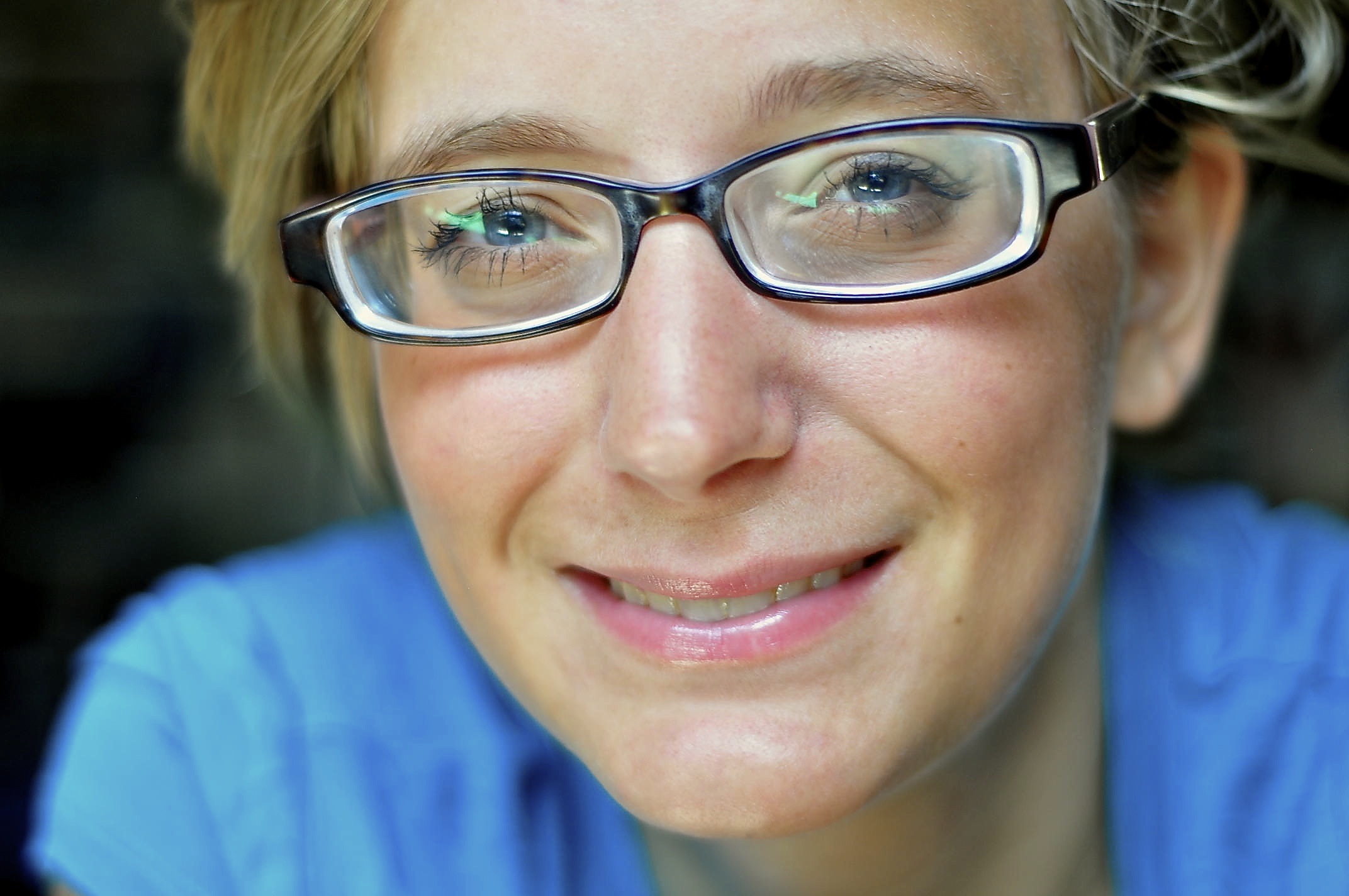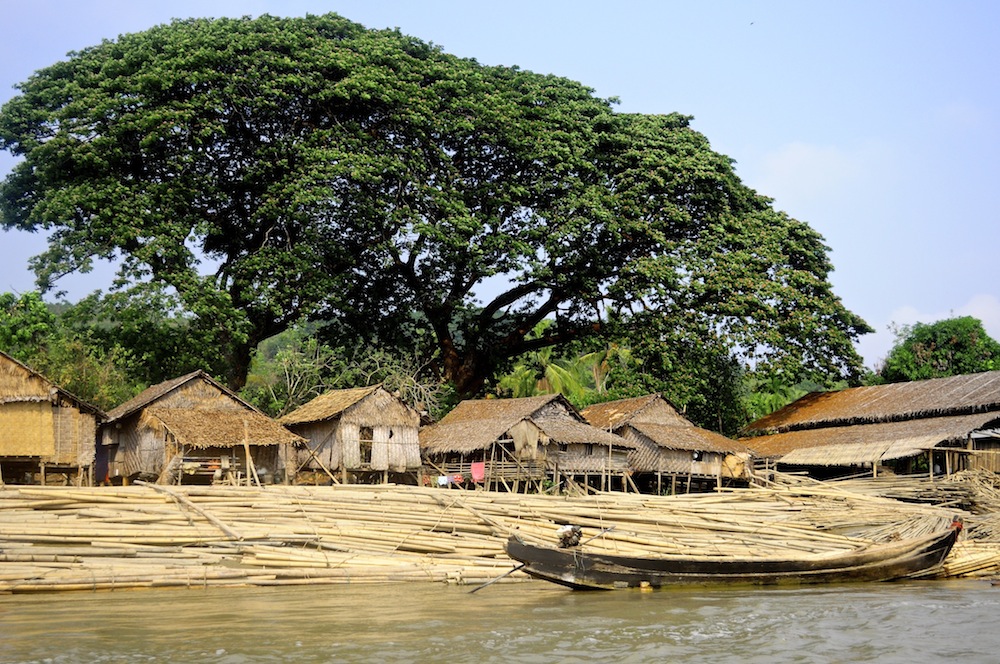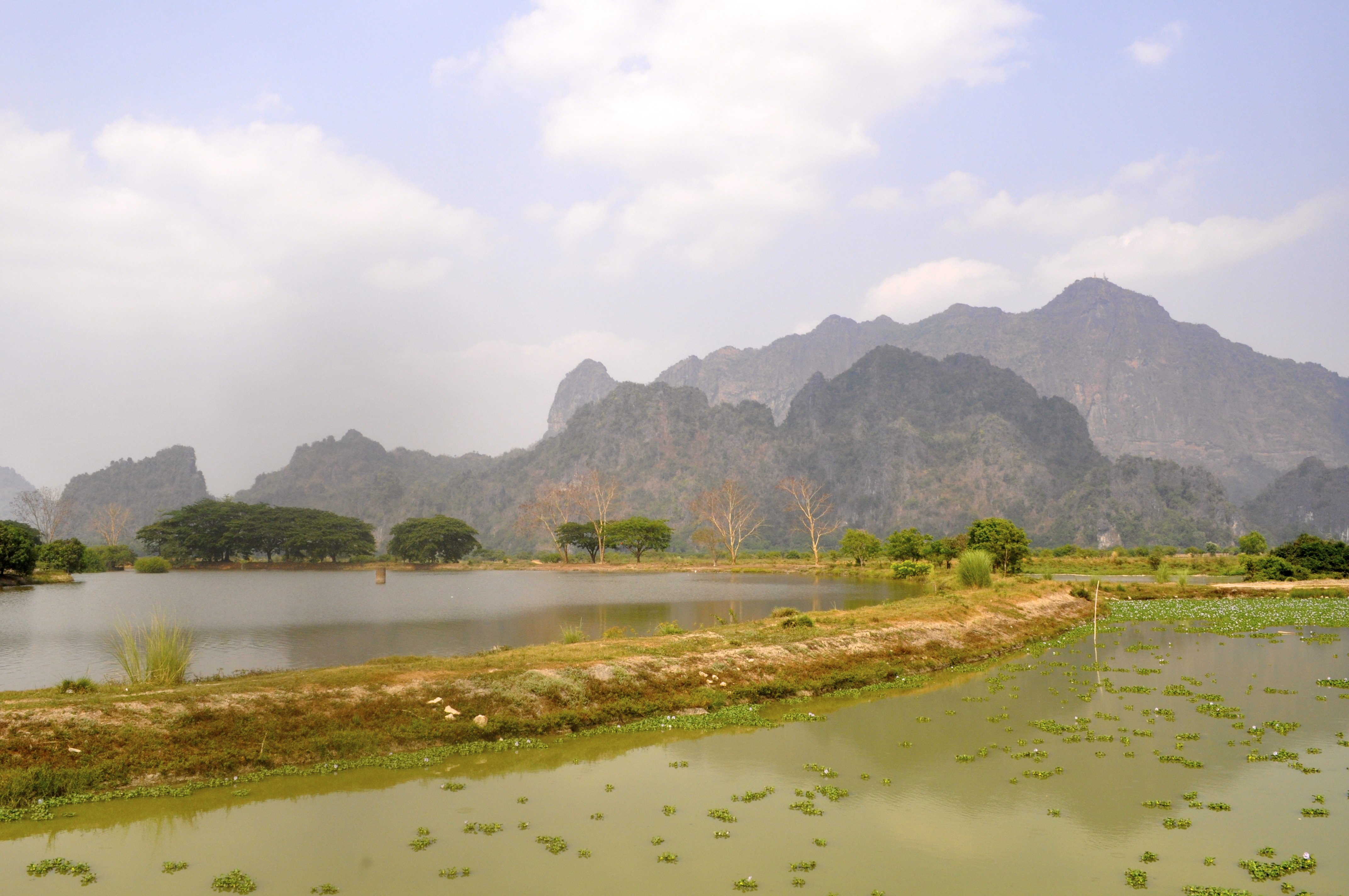“It’s always an exploration”: Talking Burma with 2014 Rhodes Scholar Courtney Wittekind
by Joshua Barnes / March 11, 2014 / No comments
Six years ago, as an early graduate from William Mason high school, Courtney Wittekind doubts she could have even located Burma, the small southeast asian country, on a map. That completely changed after she spent her free year after high school working with a Burmese refugee community on the Thai-Burma border. This experience, during which she learned to speak Burmese from her host-mother, served as a catalyst for nearly all of her following course of study and professional career. This has included serving as an intern with Sampsonia Way magazine, a Burmese-English translator for City of Asylum Pittsburgh writer-in-residence Khet Mar, and a researcher on Southeastern Burmese refugee populations for the UNHCR.
Most recently, Wittekind has been named a 2014 Rhodes Scholar, an honor she describes as “unbelievable,” which she admits is not a word she uses often. With this scholarship she will travel to Oxford University to pursue a D.Phil. in Anthropology, with a personal focus on Burma. Fortuitously enough, in January 2013 Oxford University announced a series of new Burma-centric programs and Burmese guest-fellows for this academic year. Needless to say, Wittekind is elated; most universities in the United States still have little-to-no engagement with Burma.
Sampsonia Way spoke with Wittekind via Skype in December. At the time she was in Washington, D.C. working with The Brookings Institution and London School of Economics Project on Internal Displacement. In this interview she discusses the roots of her interest in Burma, what it was like to visit the country in January 2013 after political reforms began to take effect, and how she translates some of the more difficult aspects of the Burmese language.
How did you develop an interest in Burma?
It truly happened by accident. Before I started at Carnegie Mellon University, I graduated high school early and had a year off. At that point, I was interested in Thailand, and had arranged to do a year-long volunteer program there. It fell through at the last minute, but through some friends I ended up with contacts at a school on the Thai border that mainly served as a Burmese migrant and refugee community. I had no intention of working with Burmese populations and to be quite honest, I’m not sure I really knew where Burma was located at the time.
While I was in Thailand I lived with a family who had left Burma after the ’88 uprising, and had become a center point of the community. When other migrants would come into Thailand, my host family would help them find somewhere to live, or navigate work permits. I ended up meeting all kinds of people from the country who left for various reasons. That’s what sparked my interest. When I began school at Carnegie Mellon, I immediately started figuring out how I could continue to do work related to Burma.
What was life like in the refugee community where you were stationed?
As an 18-year-old, that experience struck me and stayed with me. The people there were technically in the Thai system, yet still very much outside of it. There were even parts of town designated specifically for migrants. The thing that surprised me was that, because the border wasn’t so heavily enforced in that area, the Burmese community was still very mobile. People might have a home in Thailand, a home in Burma, and move back and forth between them. You can have a certain idea of what it means to be a refugee or what it means to be a migrant, but for these communities it felt like that situation was consistently negotiated, depending on where their family, job, or a better education was located.
Also, I had a really personal connection with my host family on that trip. The family’s mother started teaching me Burmese really early into my stay, and she also spoke English, so the process was a lot was easier. Then I got to know her kids, who were ethnically Karen, but grew up in Thailand. While I didn’t necessarily know what that situation meant at first, I was really curious about their lives and spent a lot of time getting to know them.
That was six years ago. What has maintained your interest in Burma since then?
Studying Burma is such a great challenge. As an undergraduate at Carnegie Mellon I couldn’t enroll in a Burmese language class or take classes on the history of Burma—they just didn’t exist. That was frustrating, but it kept things interesting because I had to pursue my own path. Every time I found a new way to be involved, a different language course, or a new book, it was on me to move in that direction. In addition, it’s an interesting time to be focusing on Burma. Two years ago I thought I had a pretty good idea of what was going on. Then the political reforms started happening, and now I’m just trying to keep up. I love it. It always feels like an exploration.
You’re right—there are so many things to talk about in terms of political reform and the changes that Burma has gone through in the last year. You visited the country in January 2013, just as some of these changes were taking effect. What did you find?
Certain things about the country were quite surreal. I was continually surprised that you can walk around downtown and not see American logos. Along those lines, things like ATMs weren’t functional initially, so I had to come into the country with all the money I would need for four months, which was terrifying. The ATMs did start working while I was there, and the first time I used one, the whole neighborhood watched me—everybody came out of the shops, people came down from their houses. At first, I went into American-safe-travel mode and wondered, “Why is everyone around when I’m trying to get money? I don’t understand.” Then it occurred to me that this was an event. For them, it was unbelievable that I could put a card into a box and have money come out.
You also visited the Irrawaddy Literature Festival while you were there, which was a momentous occasion. Can you describe the atmosphere of that event?
That was one of the most exciting things. Before this, because of the strict censorship that existed in Burma, many people were unable to take ownership of their writing. At this event, for the first time in decades, they were able to stand up in public and talk about their work, explain where it came from, and describe the ideas behind it. It’s important to note that, historically, Burmese writers had to be particularly creative—they weren’t able to say anything straight. To evade the censor, everything was coded in metaphors that, most of the time, I don’t even understand. But if you’re from that culture you know what they mean.
With that in mind, it was momentous that people could talk specifically about what those metaphors meant—in public! They could say, “This scene refers to this experience when I was in jail, when I was hiding from something.” It was not only significant for the local community, but I think the whole country was affected by the Literature Festival.
You’ve also worked as a translator with Khet Mar, Sampsonia Way’s Burmese columnist and a former City of Asylum Pittsburgh writer-in-residence. What challenges have you encountered when translating Burmese into English?
Burmese sentences run a lot longer. This is definitely the biggest barrier for me in trying to translate well. In English, there may be two or three clauses in a sentence, but in Burmese you can have eight or nine. Every time I translate, I can understand the meaning of the words, but the way the different clauses work together and what roles they play in the sentence can get confusing. That’s one of the things that Khet Mar would always laugh about. There were times when she’d ask me to translate a sentence, I’d try, have to break it up, and then she’d ask, “Can’t we make it one sentence?”
In Burmese there’re also strange intricacies that would make me completely lost if I didn’t know people who could help me understand. This is true about all languages, but let me give you an example: There’s a certain cabinet in the Burmese kitchen that literally translates to “cat house.” I was reading a story about someone who was taking coffee and creamer out of the cat house, and I thought, “First of all, what is a cat house, and why do they keep coffee there?” I asked Khet Mar about it, and she explained that Burmese kitchens used to be more or less open-air, in terms of pets coming in and out. Rather than leaving the food out on a table or shelf where the animals could eat it, people created this “cat house” to protect food from cats and other animals.
It makes sense logically, and if you had that kind of kitchen you might call it a cat house, but without a guide, translating that would be impossible. There’s a lot of little folks-y, nuanced phrases that have a distinct logic behind them, but don’t mean anything to me because I didn’t grow up in that context. Like I said, it’s always an exploration.
I’ve also been collecting little idiomatic phrases like that since I started learning Burmese. A lot of them are really funny and have been in the language for a long time. One of my favorites is, “If you can’t catch a fish, shower, then return.” It’s saying that if you go to the river to fish, and there’re no fish, then you should probably stay and bathe. In that case you’re doing something productive with your time, even though you didn’t achieve your original goal. People think it’s hilarious when I use these in conversation, but it’s a really good barometer of what’s important in the culture. Some of these phrases have a logical meaning up front, but also contain an entirely different, implicit meaning for the Burmese audience.
How can we go about understanding these meanings? What kind of primer would an English-speaker who’s reading a Burmese text in translation need to have?
You need a Burmese person! That’s how I’ve done the most useful translating. Studying history has also been very helpful. There’re many terms and phrases that come out of the British colonial era and some British words are even part of Burmese. For example, car is car, and democracy is democracy. Plus, there’re a lot of words that have been literally translated into Burmese script. There’re also some that relate more abstractly. There’s one word that has to do with chairs—they didn’t have “western-style” chairs until the British came. To this day, some Burmese people still refer to certain styles of chairs with as “foreign chairs” or “Indian chairs” because the British often brought them from India.
What are your plans to go back to Burma? What would you like to study there?
My anthropology degree will require at least a year of field work, so I’m planning to do that in Burma. I hope to look at how individuals on the ground, particularly in some of the more rural areas, understand the political transition and what it means for them on a personal level. I’m interested in how an individual sees that change on a daily basis. Is it because there’s a new development project being done nearby? Is it because of something like freedom of the press? Do they encounter that? How do people interweave ideas about political change into their own experiences? People embrace political change for different reasons, on different occasions. I’m interested in asking those questions while in Burma, hopefully three or four years from now.







